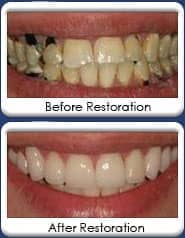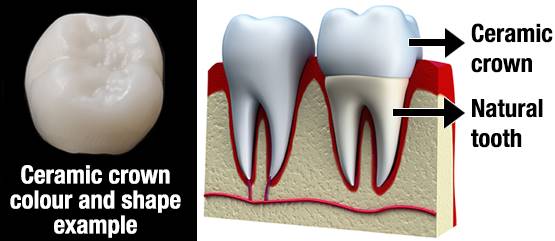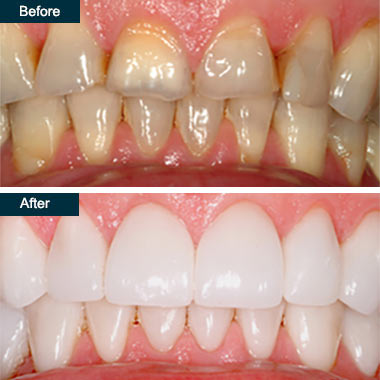Dental porcelain also known as dental ceramic is a dental material used by dental technicians to create biocompatible lifelike dental restorations such as crowns bridges and veneers evidence suggests they are an effective material as they are biocompatible aesthetic insoluble and have a hardness of 7 on the mohs scale.
What are ceramic dental crowns typically made of.
The types of ceramics used to make them are typically no more abrasive than dental enamel itself gold crowns have this advantage too in comparison the type of porcelain used to make pfm crowns can be very abrasive to opposing teeth and dental restorations and cause significant wear of.
The design and placement of your new dental crown is typically accomplished within 2 3 weeks by a few steps.
Ceramic crowns often look identical to natural teeth.
They typically don t require special care over time other than regular good oral hygiene.
Takeaway you have many choices when it.
Usually it is the custom top layer of ceramic that is the weak link with all porcelain systems.
Where a tooth colored dental crown is not a priority the gold dental crown is an excellent choice.
Types and uses and how they are made.
Temporary crowns can be made in your dentist s office whereas most permanent crowns are typically made in a dental laboratory.
Life like all porcelain crowns made to match the translucency and appearnce of natural teeth.
While it is possible to chip porcelain crowns gold dental crowns provide no such possibility.
Design and placement of dental crowns.
A crown can hold a dental bridge in place too.
E max is the newest type of cosmetic material used for porcelain dental crowns and porcelain veneers.
Usually made from a porcelain based material ceramic crowns are the type commonly selected to repair front teeth.
Typically temporary crowns are made of an acrylic based material or.
Crowns can be made from a variety of different materials including.
For certain dental prostheses such as three unit molars porcelain.
Placing an all ceramic crown may offer some advantages in regard to biocompatibility.
Dental crowns can be made out of metals porcelain resin and ceramics.










